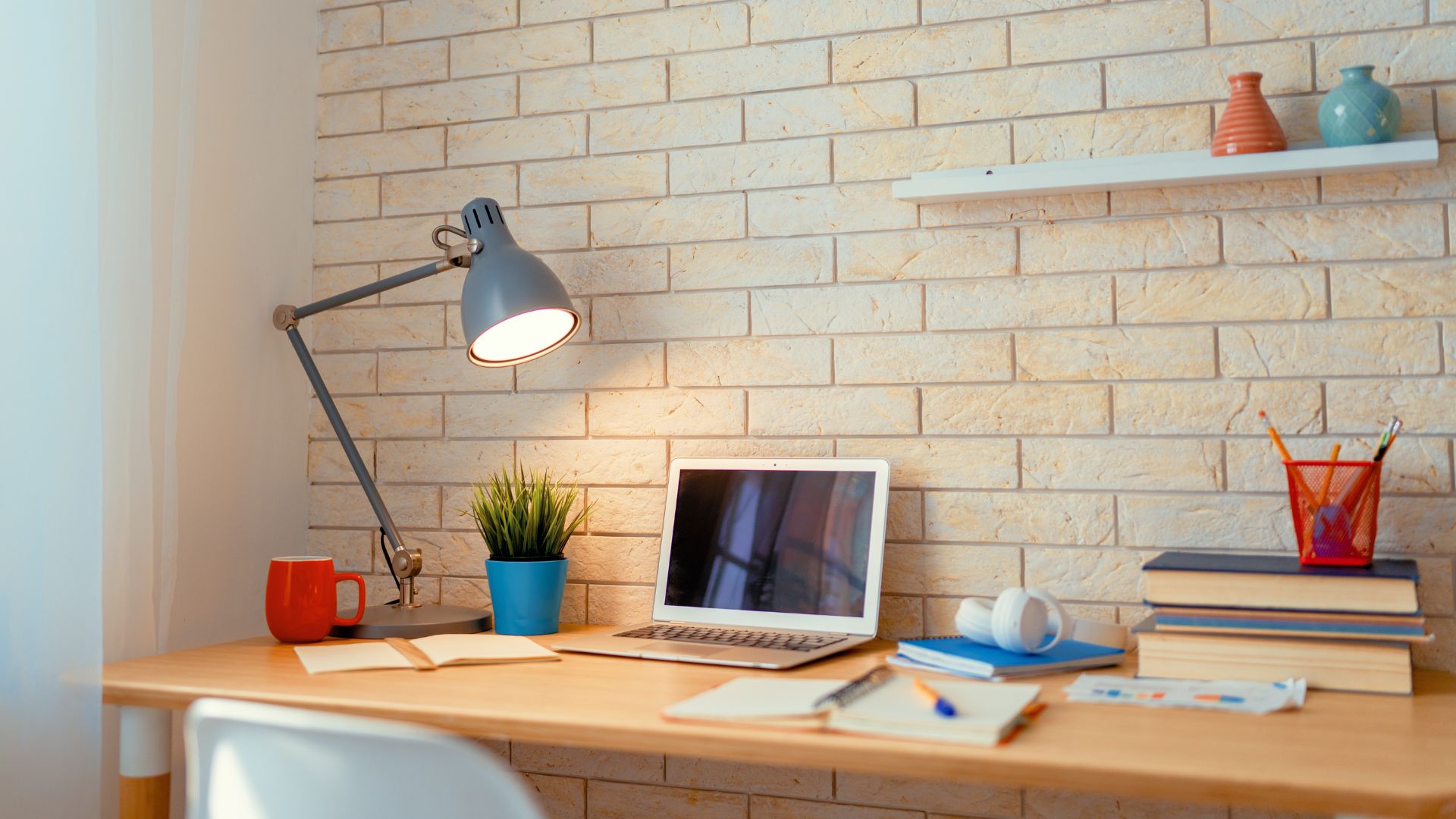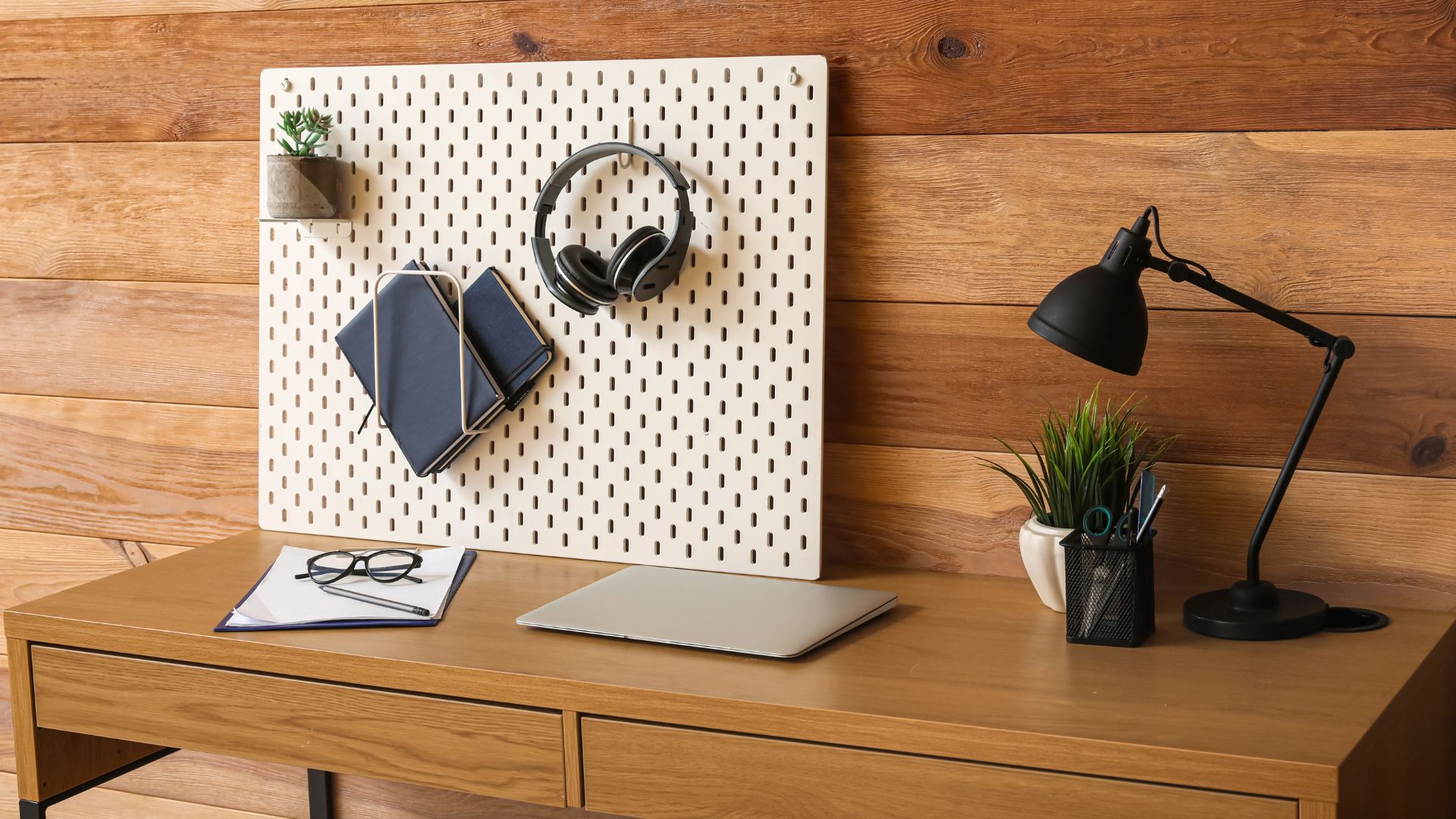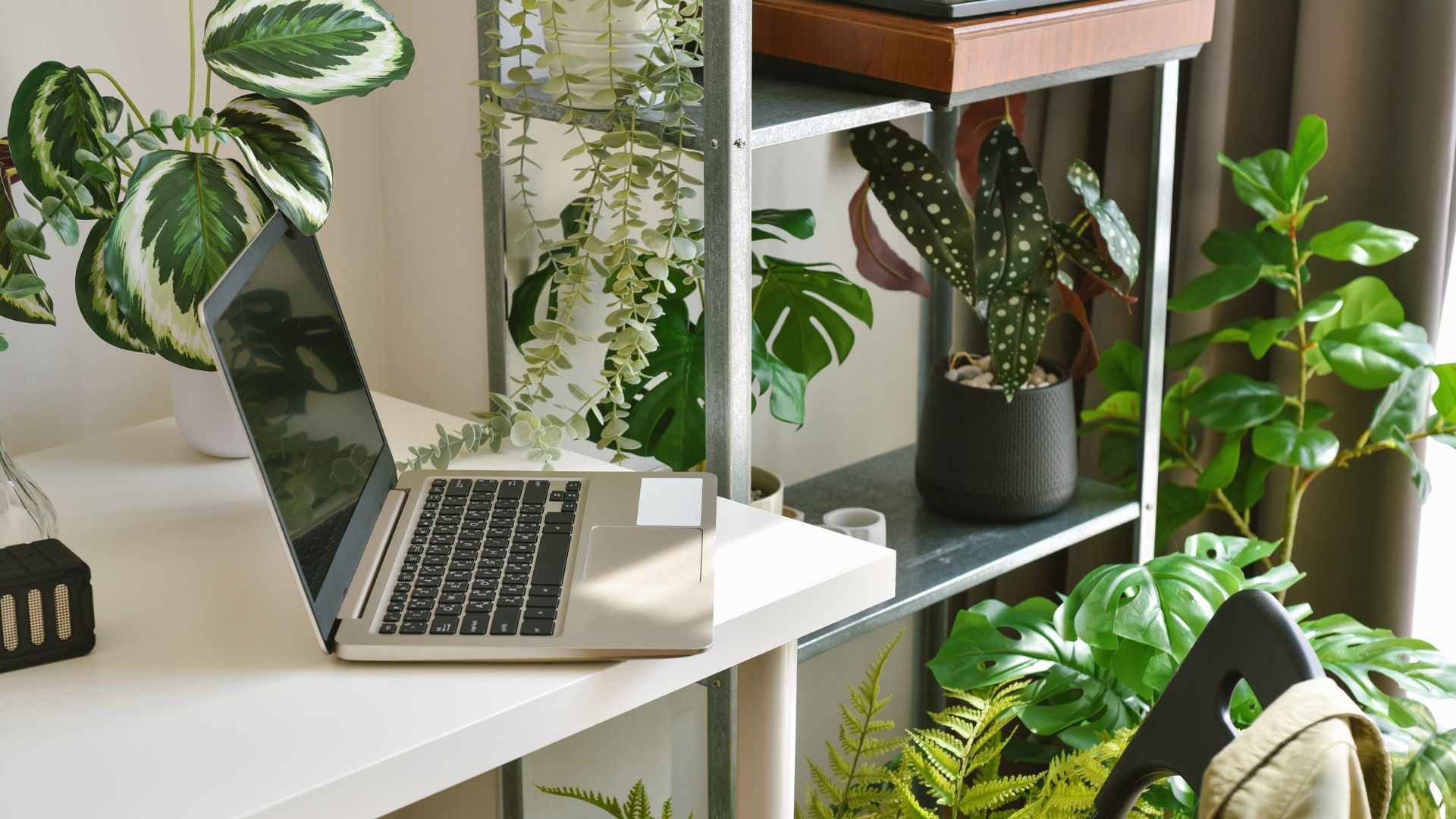Crafting the Perfect Home Office: Design Tips for Productivity and Comfort

With remote work becoming more prevalent, creating a productive and comfortable home office is essential. Whether you have a dedicated room or a small corner, designing a space that boosts efficiency and well-being can make all the difference. Here’s your guide to crafting the perfect home office, complete with tips on ergonomic furniture, small space solutions, and balancing aesthetics with functionality.
1. Designing a Productive Home Office
A well-designed home office is a blend of functionality, comfort, and inspiration. Here’s how to create a productive workspace:
Define Your Space:
Choose a dedicated area for your home office, whether it’s a separate room or a quiet corner. This helps establish boundaries between work and personal life.
Natural Light:
Position your desk near a window to take advantage of natural light. Natural light boosts mood and productivity while reducing eye strain.
Proper Lighting:
Supplement natural light with task lighting. Use adjustable desk lamps and overhead lights to ensure your workspace is well-lit, especially during evening hours.

Declutter:
Keep your workspace tidy and organized. Use storage solutions like shelves, drawers, and organizers to minimize clutter and create a clean, focused environment.
Personal Touches:
Incorporate personal touches like artwork, plants, or motivational quotes. These elements can inspire creativity and make your workspace more enjoyable.
2. Ergonomic Furniture Choices
Ergonomics play a crucial role in maintaining comfort and preventing strain during long work hours. Here are key furniture choices to consider:
Ergonomic Chair:
Invest in a high-quality ergonomic chair that supports your lower back, promotes good posture, and is adjustable to your height and desk. Look for features like lumbar support, adjustable armrests, and a comfortable seat cushion.

Adjustable Desk:
Consider a sit-stand desk that allows you to alternate between sitting and standing throughout the day. This can reduce the risk of back pain and improve circulation.
Keyboard and Mouse:
Use an ergonomic keyboard and mouse to reduce strain on your wrists and hands. Position them at a height that allows your forearms to be parallel to the floor.
Monitor Placement:
Ensure your monitor is at eye level and about an arm’s length away to reduce neck and eye strain. Use a monitor stand or adjustable arm if needed.
3. Ideas for Small Home Office Spaces
Designing a home office in a small space can be challenging, but with creativity, you can maximize efficiency and comfort. Here are some ideas:
Compact Desks:
Opt for a compact desk that fits your space without overwhelming it. Wall-mounted desks or fold-out desks are great options for tight areas.
Vertical Storage:
Utilize vertical space with shelves, wall-mounted organizers, and pegboards. This keeps your essentials within reach without taking up valuable floor space.

Multi-Functional Furniture:
Choose furniture that serves multiple purposes, such as a desk with built-in storage or a bookshelf that doubles as a room divider.
Nooks and Corners:
Transform underused nooks and corners into functional workspaces. A small table, chair, and some shelves can turn a neglected corner into a productive office.
Hidden Workspaces:
Consider creating a hidden workspace with a fold-out desk or a cabinet that can be closed when not in use, keeping your home looking neat and uncluttered.
4. Balancing Aesthetics and Functionality
A beautiful workspace can enhance your mood and productivity, but it’s important to balance aesthetics with functionality. Here’s how:
Color Scheme:
Choose a calming color scheme that promotes focus and relaxation. Neutral tones with pops of color can create an inviting and stimulating environment.
Functional Decor:
Incorporate decor that serves a purpose, such as a stylish desk organizer, a comfortable throw, or an aesthetically pleasing corkboard for notes and reminders.
Greenery:
Add plants to your office for a touch of nature. Plants improve air quality and create a calming atmosphere.

Cable Management:
Keep cables and cords organized with cable management solutions like clips, sleeves, and cable boxes. This keeps your workspace looking neat and reduces distractions.
Comfort and Style:
Combine comfort with style by choosing ergonomic furniture that also complements your home decor. Look for pieces that are both functional and visually appealing.
Conclusion
Designing a productive and comfortable home office is about creating a space that meets your needs and reflects your personal style. By focusing on ergonomic furniture, maximizing small spaces, and balancing aesthetics with functionality, you can craft a workspace that enhances productivity, comfort, and well-being. Whether you’re working from a spacious room or a cozy corner, these tips will help you create an inspiring and efficient home office. Embrace the process and enjoy the benefits of a well-designed workspace.
